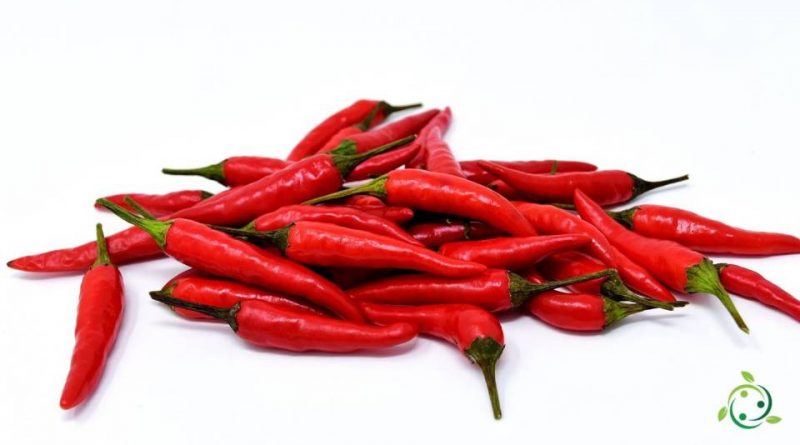Chilli pepper macerate
Chilli pepper macerate
Chilli pepper is the common name given to the berry obtained from some spicy varieties of the Capsicum genus of plants, mainly used as a condiment.
Chilli pepper is a herbaceous plant native to the Americas, belonging to the Solanaceae family.
This plant, although coming from the same genus of pepper, differs from it because it contains capsaicin, a chemical compound present in different concentrations depending on the variety, responsible for the spiciness of the berry.
A 2008 American study revealed that capsaicin is produced by the plant as a defense mechanism against fungi, aphids and other pests.
In addition to being used for food and use as a spice, chilli lends itself to the preparation of a very useful macerate for keeping away some insects, such as especially aphids.
Method of preparation –
To prepare the chili pepper macerate, the fruits must be harvested when they have reached full ripeness, that is, when they are completely colored, usually red.
When harvesting it is advisable not to tear the fruits but to collect them using scissors or a knife.
The fruits are then dried, gathering them in bunches that hang by the stems in an airy room, away from direct sunlight.
The real maceration takes place in water; the process involves the maceration of 5 grams of dry chilli pepper in one liter of water. It is good that the water is as pure as possible (deionized or rainy) while the chili pepper should be pulverized after drying to obtain a better exchange of its active ingredients in the water.
The product can be used pure, directly on the plants, or if it is believed that, due to the type of plant or the external temperature, it must be used diluted, one part of the macerate can be diluted up to 5 parts of water.
Obviously, the treatment should always be carried out either in the early morning hordes or at dusk and never with plants exposed to sunlight.
Use and indications –
The chilli macerate, as mentioned, is a very useful repellent against aphids in spring. For this reason it should be distributed on plants in spring, before the appearance of parasites, repeating the treatment once a week or more frequently in case of rains.

